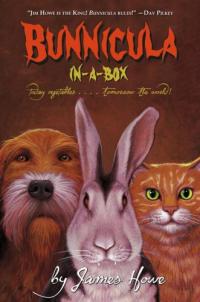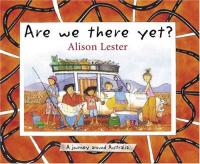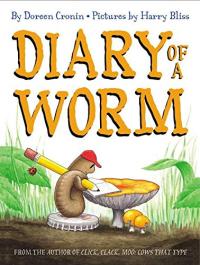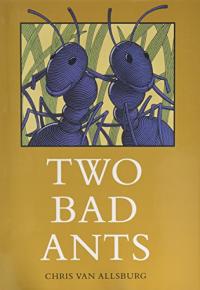Key Information
Focus
Appropriate Group Size
What is RAFT?
RAFT is a writing strategy that helps students understand their role as a writer, the audience they will address, the varied formats for writing, and the topic they’ll be writing about. The four elements of RAFT are:
- Role of the Writer: Who are you as the writer? A pilgrim? A soldier? The President?
- Audience: To whom are you writing? A friend? Your teacher? Readers of a newspaper?
- Format: In what format are you writing? A letter? An advertisement? A speech?
- Topic: What are you writing about?
Why use RAFT?
- RAFT helps students structure their writing and think more deeply about the purpose and audience of their work.
- RAFT helps students learn to write from different points of view.
- RAFT encourages students to think creatively about writing by responding to the role, audience, format, and topic prompts
- RAFT can be used effectively across different content areas.
How to use RAFT
- Display a completed RAFT example on the overhead.
- Describe each of these using simple examples: role, audience, format, and topic. (It may be helpful to write the elements on chart paper or a bulletin board for future reference).
- Model how to write responses to the prompts, and discuss the key elements as a class. Teachers should keep this as simple and concise as possible for younger students.
- Have students practice responding to prompts individually, or in small groups. At first, it may be best to have all students react to the same prompt so the class can learn from varied responses.
Watch a demonstration: 3 formats
See how you can use the RAFT strategy to write different formats, including a thank you letter to the school principal, a persuasive essay from the big bad wolf to the three little pigs, and a set of rules (for aliens who want to live on Earth)
Watch a demonstration: letter writing
In this video, the RAFT graphic organizer is used to examine different examples of letters from The Jolly Postman by Janet and Allan Ahlberg, Dear Mrs. LaRue by Mark Teague, and Dear Pope Francis by Pope Francis. Then, the RAFT graphic organizer is used as preparation to plan out and write a letter.
Collect resources
Download blank templates
Strategy in action
For examples of RAFT prompts, see Doug Fisher and Nancy Frey’s compiled list of Picture Book RAFT prompts .
This site uses technology to assist with RAFT writing assignments. It provides an interactive template for students to type in possible Roles, Audiences, Formats, and Topics. See example ›
In this example, students use RAFT to write about energy use in transportation. Students are provided a list of Roles, Audiences, Formats, and Topics from which they may choose for their writing assignment. See example ›
You might find these RAFT scoring rubric and additional RAFT examples helpful as you implement the RAFT strategy in your class.
Differentiate instruction
For second language learners, students of varying reading skill, and younger learners
- Modify the strategy, so the student learns topic, role, format and audience separately and distinctly. Examples:
- Write a letter to the President of the United States as yourself. What do you want to write about? You choose the topic.
- Write an essay about how the school can do a better job of improving the environment as yourself. Who do you want to write it to?
- Have the student review the concept and assignment orally first. Be sure the student can explain to you what is meant by role, audience, format and topic.
- Use role playing as a method for explaining the different aspects of RAFT writing.
- As students become comfortable in responding to RAFT prompts, you can create more than one prompt for students to respond to after a reading, lesson, or unit. Varied prompts allow students to compare and contrast multiple perspectives, deepening their understanding of the content.
- Students may decide on their own topic or the teacher may provide that element in advance.
Extend the learning
Science
This simple example shows how to use RAFT in a discussion about the role of different plant parts. See example ›
See the research that supports this strategy
Mitchell, D. (1996). Writing to learn across the curriculum and the English teacher. English Journal, 85, 93-97.
Santa, C., & Havens, L. (1995). Creating independence through student-owned strategies: Project CRISS. Dubuque, IA: Kendall Hunt.
Children’s books to use with this strategy

The Bunnicula Collection: Books 1 to 3

Are We There Yet? A Journey Around Australia

Flat Stanley: His Original Adventure

Diary of a Worm

Frogs

I Face the Wind

